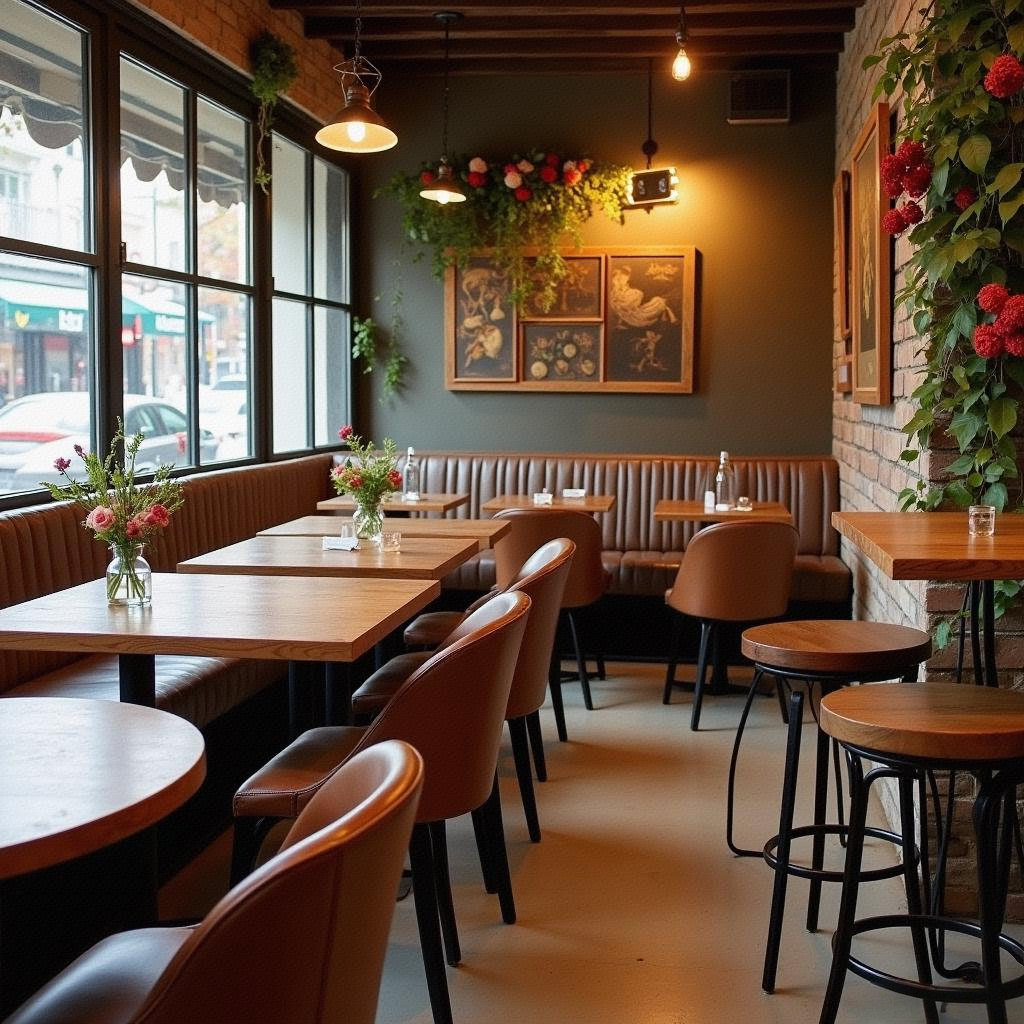Panel furniture refers to disassembled modular furniture with wood-based panels as the main substrate and panel as the basic structure. Common artificial boards include plywood, blockboard, particle board, and MDF. Plywood (plywood) is often used to make furniture that requires bending and deformation; the performance of blockboard is sometimes affected by the core material; particleboard (also known as particle board, bagasse board) is loose and only used for low-grade furniture. The most cost-effective, most commonly used is medium density fiberboard (MDF). The common finishing materials for panel furniture are thin wood (commonly known as veneer), wood grain paper (commonly known as sticker), PVC rubber sheet, polyester paint surface (commonly known as baking paint). Common artificial boards include fragrant boards, plywood, blockboard, particle board, and MDF.

1. Vantagens da mobiliário de painel Utilização eficaz da desconversão e montagem do madeira, ciclo de produção conveniente, forma estável, forma estável e não fácil de se deformar
2, as vantagens das peças de mobiliário em painel
Para obter mais benefícios, alguns comerciantes produzem materiais de baixa qualidade, como madeira de fibra, e uma vez que as tábuas são todas embrulhadas em móveis, é fácil liberar formaldeído prejudicial ao corpo humano, o que não é suficientemente ecológico na proteção ambiental.
A maior diferença entre o material usado para móveis de painel e o material de madeira maciça reside na naturalidade do material. A maioria dos móveis de painel atual é de design de vela, que possui padrões repetitivos e carece da sensação natural dos materiais naturais.
3. Limpeza e manutenção de móveis de painel
a. Place it smoothly The floor of the panel furniture must be kept flat and the four legs balanced. If the furniture is placed in a state of frequent swaying and unstable after being placed, the hoe or the fastener will fall off and the bonding part will be cracked, which will affect the use effect and reduce the life of the furniture. In addition, if the ground is soft and the furniture is unbalanced, do not use wooden boards or iron sheets to cushion the furniture legs. Even if it is balanced, it will be difficult to evenly distribute the force.If it will last for a long time, it will damage the internal structure of the furniture. The only way to compensate is to trim the floor, or use it slightly. A large area of hard rubber sheet is laid on the south side to make the furniture legs stand smoothly.
b. 除尘最好使用棉质针织布来除尘,然后使用柔软的羊毛刷来去除浮雕或图案中的灰尘。油漆过的家具不应用汽油或有机溶剂擦拭,可以用无色家具漆来擦拭以增强光泽并减少灰尘。
c. 避免阳光直射家具最好不在家具的正上方位置接受阳光照射,经常暴露在阳光下会使家具漆膜褪色、金属部分氧化变质、木材干裂。夏天最好用窗帘遮挡阳光保护家具。
d. Humidade interna Mantenha a umidade interna e não deixe a mobiliária ficar úmida. Na primavera e no outono, deve-se usar um secador deHumidade para limitar o tempo, para evitar danos à mobiliária devido à umidade excessiva, como o decomposição da madeira, o enferrujamento das peças de metal e a facilidade de abertura das peças adesivas.
Normalmente, lave a mobília o mínimo possível e evite usar água alcalina. Deve ser apenas limpa com um pano úmido com água e, em seguida, limpa com um pano seco.

